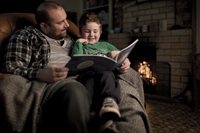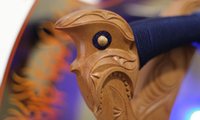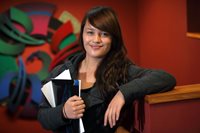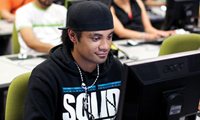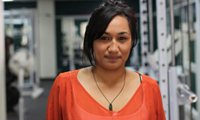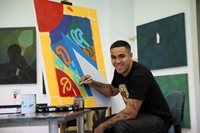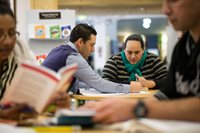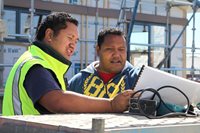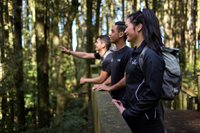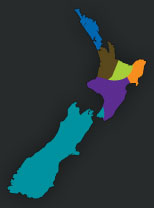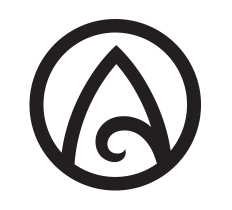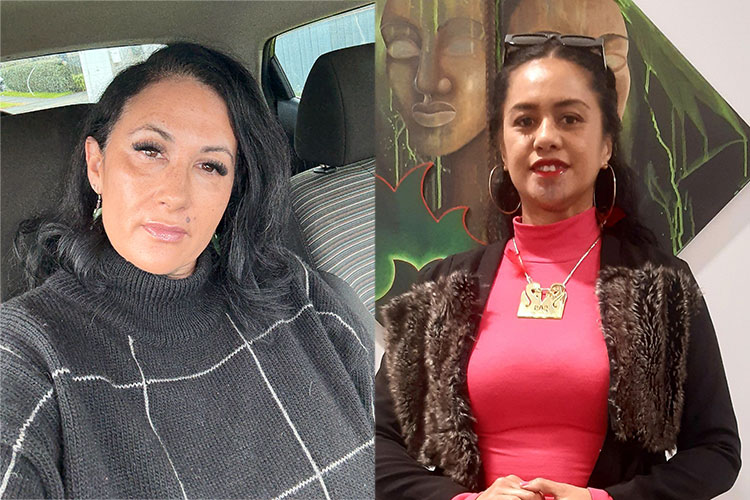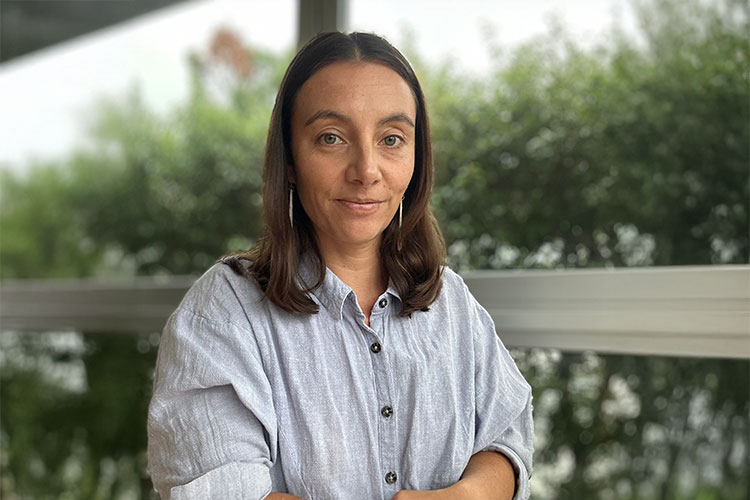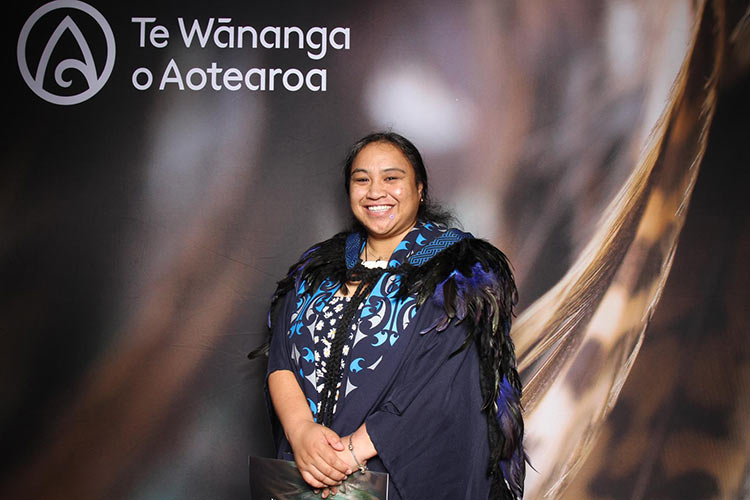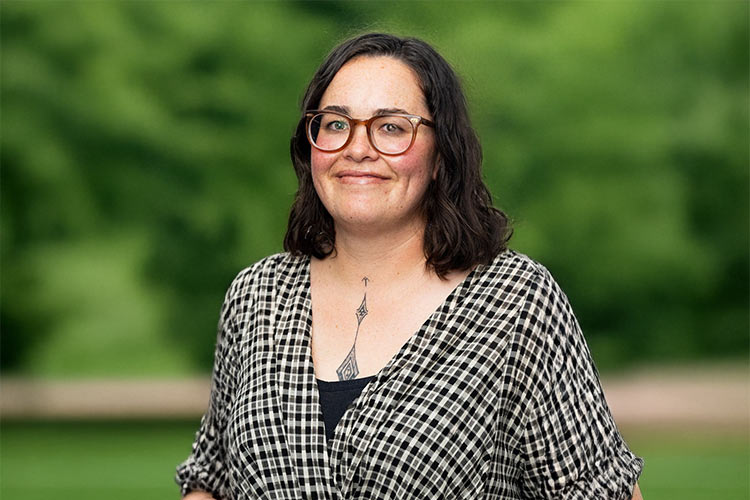Maunga Kura Toi graduate, Tracey Dale, has been on a journey with Te Wānanga o Aotearoa that has helped her reconnect with her identity and find her voice in the world through raranga.
“My study has given me pride in who I am and where I’m from. My learning has involved waiata, karakia, tikanga/kawa alongside raranga, and I’ve grown in confidence every step of the way.”
Her passion for raranga was sparked at Papaioea while studying He Pī Ka Rere in 2017. She was so captivated by the mahi toi and raranga displayed on the walls, that she enrolled in Kāwai Raupapa with Brenda Tuuta.
“I struggled at the start, but with Brenda’s encouragement I kept going. Slowly, I wove my way into a love of raranga.”
For Tracey, weaving is more than creating visually striking patterns—it is about storytelling and connection.
“People are my inspiration,” she says. “Raranga allows me to weave kōrero into my mahi, and that’s the common thread in many of my creations.”
Her final Maunga Kura Toi exhibition piece, Ngā Kete Kaitaka e Toru, embodies 3 of the core values of Te Wānanga o Aotearoa with each kete telling a unique story:
- Te Whakapono is inspired by one of the oldest kākahu in Te Papa’s collection, reflecting a weaver’s enduring belief in the power of her mahi.
- Te Aroha pays tribute to Tracey’s parents and their resilience, with interwoven patterns symbolising their journey and love for the sea.
- Kotahitanga is a kete paepaeroa honouring the vision of unity held by Kiingi Tuheitia, woven with naturally dyed muka threads gifted by fellow tauira and kaiako.
Tracey credits her kaiako Adrienne Spratt for helping her refine her skills and guiding her through her final year.
“I’ve learned from one of the best weavers in Aotearoa. Adrienne has supported me through the highs and lows of my final year.”
Tracey, who is of Ngāpuhi and Scottish descent, says her learning is ongoing. She’ll continue to search for inspiration and techniques to further her skills to then share with whānau and hapū.
She’d also like to foster tuakana-teina relationships with future tauira.
“I have found my voice through raranga,” she says. “Now, I want to share what I’ve learned and ensure these traditions continue to thrive for generations to come.”

